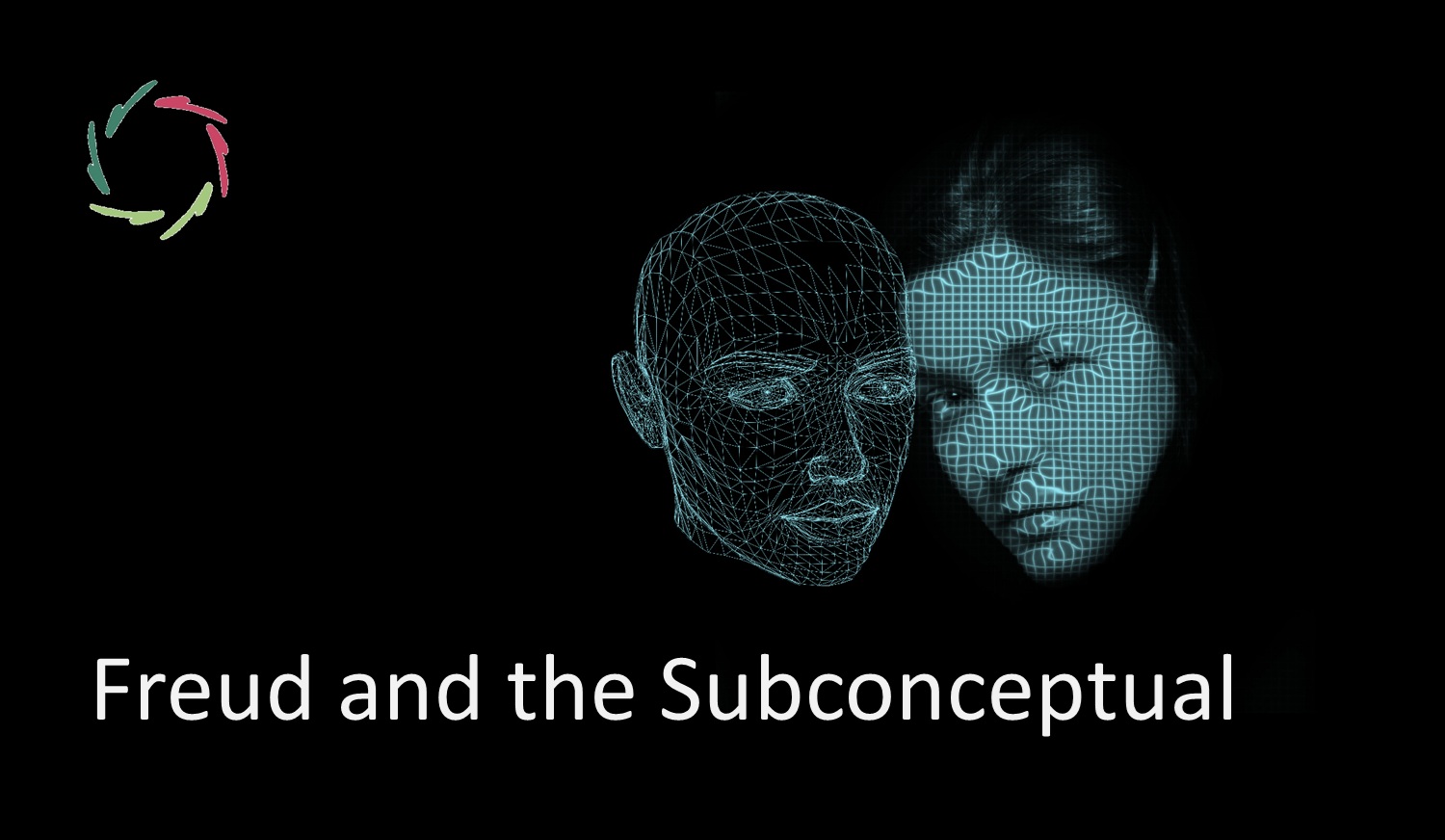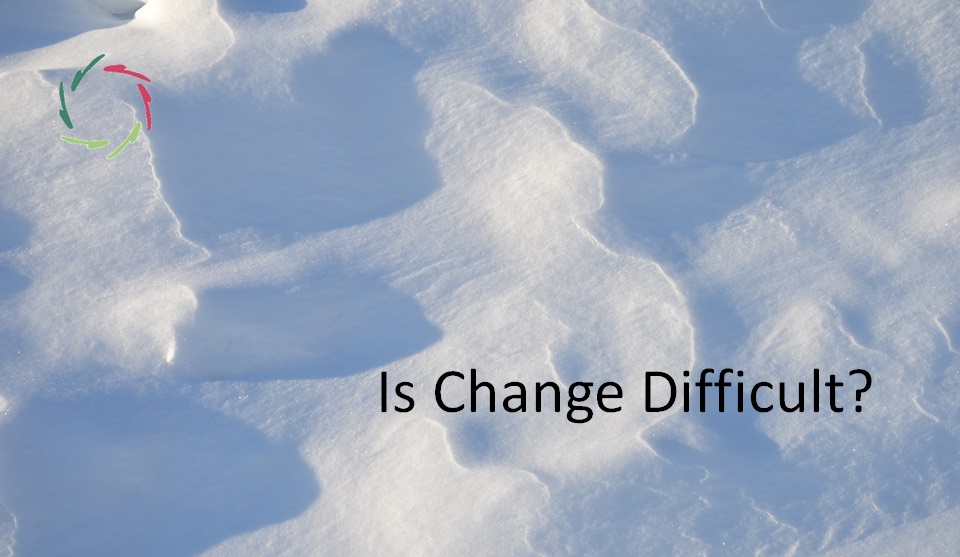Freud and the Subconceptual

Freud’s theories about repression, dreams, and symbols brought the subconscious to the forefront of intellectual discourse. Yet, Freud’s ideas were a product of their time — shaped by the frameworks and limitations of early psychology.
Modern insights into the subconceptual open a new chapter. The AURELIS perspective highlights the dynamic, fluid processes of the mind as understood through contemporary neurocognitive science.
Freud’s subconscious
Freud portrayed the subconscious as a realm of repressed thoughts, desires, and conflicts, hidden from awareness but still operating within a conceptual framework. For Freud, the subconscious had its own ‘language,’ expressed through symbols that required decoding.
Symbols, in Freud’s view, were fixed representations derived from universal or culturally bound meanings. For example:
- A snake symbolizes a phallus, representing repressed sexual urges.
- Dreams were ‘disguised’ wish-fulfillments, with each image acting as a coded message from the subconscious to the conscious.
In this model, the psychoanalyst served as the interpreter, unlocking the ‘true’ meaning behind symbols. This approach framed the subconscious as a kind of shadow consciousness — in its way, logical yet suppressed, dynamic yet rigidly coded.
The subconceptual: a living, fluid space
The AURELIS view of the subconceptual takes a radically different approach. Rooted in modern neurocognitive science, it sees the non-conscious not as a repressed mirror of consciousness but as a living, fluid space shaped by the dynamic interplay of mental-neuronal patterns.
Imagine the brain as a vast network of 100 billion neurons, continually creating and reshaping patterns of activity. These patterns form the basis of thought, emotion, and action, but they are not static or universal. Instead:
- Subconceptual patterns are deeply personal, emerging from the unique interplay of each individual’s experiences and inner landscape.
- Symbols are not fixed signs but invitations for deeper exploration, with meaning arising contextually rather than being imposed externally.
In this view, the non-conscious is not ‘deciphered’ but engaged with. Tools like autosuggestion allow individuals to interact with their deeper patterns naturally, fostering growth and understanding without coercion or predefined meaning.
Freud vs. AURELIS: a paradigm shift
The transition from Freud’s model to the AURELIS subconceptual represents a fundamental paradigm shift:
- Static vs. dynamic: Freud’s symbols were fixed and universal; AURELIS sees symbols as fluid and unique to each individual.
- Interpretation vs. interaction: Freud’s approach involved the therapist decoding symbols; AURELIS emphasizes personal engagement with deeper mental patterns through techniques like autosuggestion.
- Repression vs. growth: Freud focused on revealing and resolving conflicts; AURELIS invites the non-conscious to grow and flourish naturally, without the framework of repression.
This shift also reflects broader advancements in our understanding of the brain and mind. Freud’s subconscious was conceptual – structured like a disguised consciousness – whereas the AURELIS subconceptual reflects the dynamic and layered reality of neuronal processing.
The practical implications
This evolution in understanding has profound implications for therapy, coaching, and personal growth:
- Freud’s model positioned the therapist as an authority figure tasked with interpreting and revealing hidden truths. This could create a dependency on external interpretation.
- AURELIS places the individual at the center, empowering him to explore his own deeper patterns. The process is invitational, non-coercive, and respects the person’s autonomy and unique inner world.
For example, autosuggestion – a core AURELIS tool – helps individuals communicate with their subconceptual patterns. Rather than decoding a snake in a dream as a rigid symbol, autosuggestion invites the person to explore what the snake might mean in that moment, fostering a deeper, personal connection with the non-conscious.
From Freud to the future
Freud’s work reflected the conceptual limits of his time. By framing the subconscious as a repository of repressed, fixed content, he missed the fluidity and dynamism that modern neuroscience reveals. This shows that the non-conscious operates at a subconceptual level — a space of living patterns and constant change.
This distinction is far-reaching. It transforms our understanding of symbols, therapy, and inner growth, offering a path that respects the richness and uniqueness of every individual’s non-conscious. Through tools like autosuggestion, the AURELIS perspective invites us to engage with this living, fluid space—not as interpreters but as co-creators of our own inner growth.
Freud illuminated the non-conscious. AURELIS illuminates its dynamic life. Together, they form a bridge between the past and the future of understanding the human mind.
―
Addendum: evolutions in psychodynamic therapy and their alignment with AURELIS:
- Focus on relational depth
Modern psychodynamic therapy emphasizes the relational context between therapist and client. This mirrors AURELIS’s respect for the unique inner landscape of each individual, as the therapeutic relationship becomes an open space for mutual exploration rather than unilateral interpretation.
In both, change is seen as emerging organically from this interaction rather than being imposed.
- Less emphasis on fixed symbols
Contemporary psychodynamic therapists are less likely to impose rigid symbolic meanings, focusing instead on understanding emotions, patterns, and relationships in a flexible, personalized way.
This approach moves closer to AURELIS’s view of symbols as dynamic and fluid expressions of subconceptual patterns, where meaning arises from the individual rather than external frameworks.
- Recognition of fluid mental processes
Advances in attachment theory and neuroscience within psychodynamic traditions emphasize the brain’s plasticity and the fluid nature of mental processes.
This resonates with the AURELIS concept of the subconceptual, highlighting the ever-changing, pattern-based interactions of mental-neuronal processes.
- From repression to integration
Psychodynamic therapy has shifted from Freud’s focus on repression to a broader aim of integrating unconscious material into conscious awareness for holistic growth.
AURELIS goes further by framing the goal as growth from within, where the individual’s deeper self emerges naturally through a non-coercive process like autosuggestion.
- Exploration of subtle emotional patterns
There’s an increasing emphasis in psychodynamic therapy on exploring subtle emotional undercurrents and how they shape relationships and self-perception.
This parallels the AURELIS focus on deeper layers of the mind, where patterns of emotional and mental activity create meaningful connections between non-conscious and conscious levels.
- Therapist as facilitator, not authority
Modern psychodynamic therapists often adopt a more collaborative stance, viewing themselves as facilitators of the client’s self-discovery rather than interpreters of their subconscious.
This aligns with AURELIS’s invitational ethos, where the individual is empowered to engage with their deeper self, fostering freedom and autonomy.
Areas for further convergence
While psychodynamic therapy has evolved closer to the AURELIS perspective, key differences remain:
- AURELIS strongly integrates neurocognitive science into its model, grounding its approach in an understanding of the brain’s pattern-based functioning. Psychodynamic therapy, while informed by neuroscience, often lacks this direct connection.
- AURELIS offers specific tools like autosuggestion, which directly engage with subconceptual patterns, something psychodynamic therapy does not explicitly address.
- AURELIS emphasizes growth and inner strength without necessarily framing subconscious material in terms of pathology, a shift that some psychodynamic approaches are still working toward.
Conclusion
Modern psychodynamic therapy has evolved significantly from Freud’s early models, embracing many principles that align with AURELIS: fluidity, relational depth, and an emphasis on individual meaning. However, AURELIS’s integration of neurocognitive science, focus on growth from within, and tools like autosuggestion distinguish it as a forward-looking model that uniquely bridges rationality and depth.


